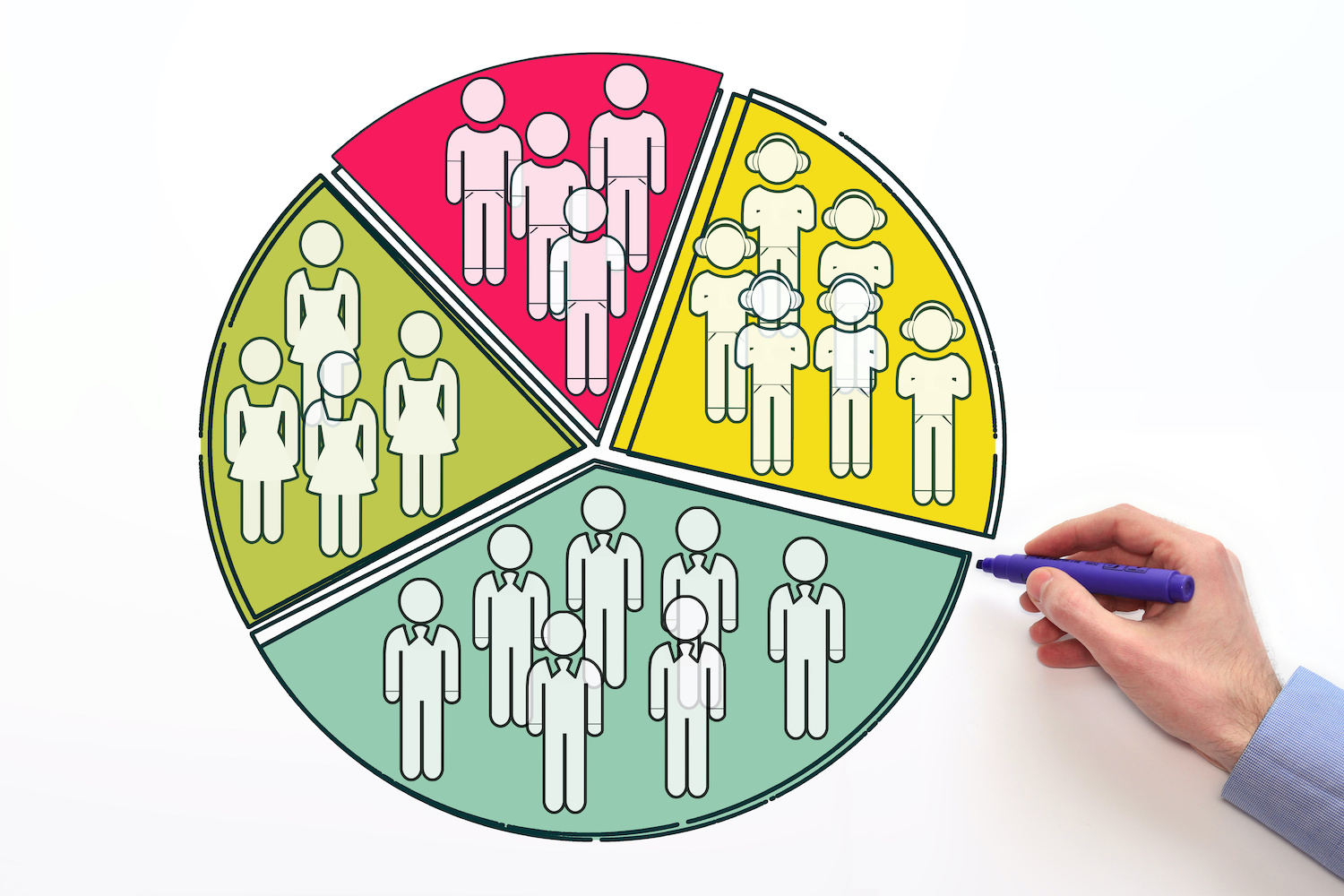Innovate with Valuegraphics
By Melissa Vela-Williamson, M.A., APR, Fellow PRSA
March 2022
I’m studying to become a Certified Diversity Professional and it’s been eye-opening to dig into diversity, equity and inclusion and how it applies to public relations.
What seems to be a thread running throughout DE&I’s history is much like conversations I see happening across mediums about Latino, Black, Asian, LGBTQIA, and other marginalized groups. Again and again, we’re trying to determine the “right” terms to use to identify people and talk about differences. Perhaps we should think a bit more creatively.
As I shared in my first column where I unpacked Hispanic/Latino/Latina/Latinx terms, since no group is monolithic, we can’t think one term will be the right identifier for them. We always run the risk of upsetting someone, but if we’ve done our research to learn what the majority of our target audience prefers, and our intent is good, it’s worth taking the risk.
Even members of my immediate family are wildly different. I’m one of five children and if you lined us up, we all look, act, speak, work and live differently. The bigger question we should be asking as PR professionals is if race, ethnicity or demographics are even germane to the conversation.
Transcending demographics
Like in the case of my own family, what makes us different is what we value — both as a family group (which unites us) and as individuals (which separates us). Consumer behavior expert and author David Allison coined the term “Valuegraphics” to describe the shared values of people. What people value can transcend demographics.
For example, I’ve seen some rodeo organizations seemingly target promotions to the white community, and not include any Hispanic references like images, bilingual language or cultural nods.
Still, many Hispanics attend in large numbers to partake in live music by popular artists, try adventurous food, and enjoy carnival rides. These are all entertaining experiences that most enjoy with loved ones. Do some values resonate regardless of representation?
Acting on values
If we start thinking more about what people care about, versus how old they are, what race they are or their gender, we could be closer to knowing how to influence behavior based on their values.
According to the Valuegraphics 101 report, “our values determine what we do” and acting on values like togetherness (family, friends, and belonging) is a driving force shared around the world.
Valuegraphics is closely related to understanding the cultural preferences of who you want to engage, influence and build long-standing relationships with. If you don’t learn about your target audience, you can’t know their values and what drives their behaviors.
Understanding their “why” will help you speak to those values directly. Then your audience will feel understood and respected. These are great stepping-stones toward belonging, which is highly valued no matter the background.
When you know what your target audience cares about you can meet them where they are. Think outside the demographics box and consider building PR plans, company programs or products that are in line with the values your target stakeholders share. Values inform culture, so it’s reasonable to think we can transcend cultural differences if we connect on shared values. Allison says focusing on values leads to a less divided world.
Case in point: My 7-year-old son is going to be in a musical at his school. It’s about soccer. One of the lyrics he’s been singing around the house is, “Some call it football. Some call it soccer. Football? Soccer? Who cares — let’s play!”
Most people just want to get out there and play.



